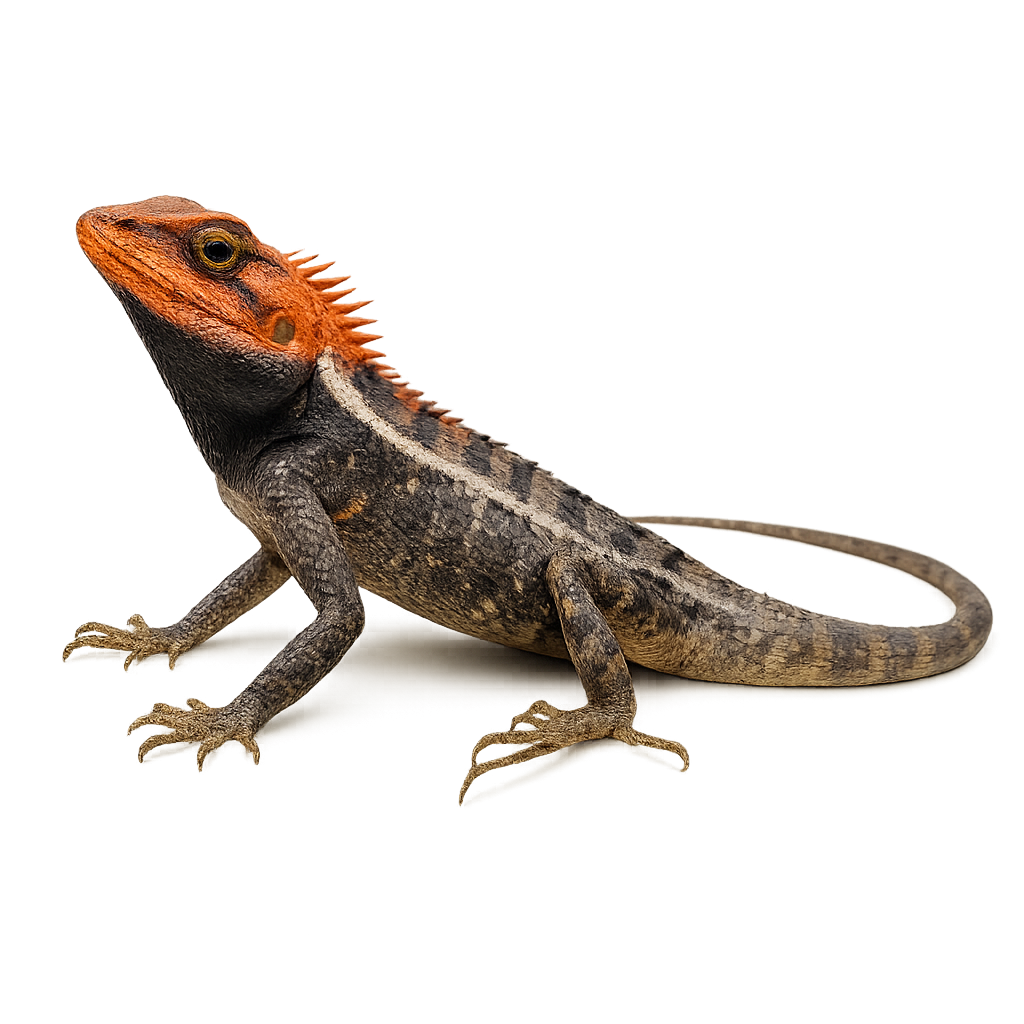Your wildlife photography guide.
Explore the forest garden lizard in detail, study its behavior, prepare your shots.
Where to observe and photograph the forest garden lizard in the wild
Learn where and when to spot the forest garden lizard in the wild, how to identify the species based on distinctive features, and what natural environments it inhabits. The WildlifePhotographer app offers tailored photography tips that reflect the forest garden lizard’s behavior, helping you capture better wildlife images. Explore the full species profile for key information including description, habitat, active periods, and approach techniques.
Forest Garden Lizard
Scientific name: Calotes emma

IUCN Status: Least Concern
Family: AGAMIDAE
Group: Reptiles
Sensitivity to human approach: Suspicious
Minimum approach distance: 3 m
Reproduction period: April to July
Incubation: 50–60 jours
Births: June to September
Habitat:
Tropical forests, subtropical forests, shrublands
Activity period :
Active during the day when temperatures are favorable, often seen basking in the sun.
Identification and description:
The Calotes emma, or Forest Garden Lizard, is an arboreal lizard native to Southeast Asia, particularly found in Thailand, Vietnam, and Cambodia. This reptile is known for its ability to change color to blend into its surroundings. It typically displays green and brown hues, allowing it to camouflage within the dense vegetation of tropical forests. The Emma Gray's Forest Lizard measures about 25 to 30 cm in length, including its tail. It is primarily insectivorous, feeding on various insects and arachnids. Its behavior is rather territorial, often seen perched on tree branches, keeping watch over its domain.
Recommended lens:
Macro – adjust based on distance, desired framing (portrait or habitat), and approach conditions.
Photography tips:
To photograph the Calotes emma, it is advisable to use a macro lens to capture the details of its skin and changing colors. Approach slowly and quietly to avoid startling it. Look for it in tropical forests, often perched on branches. Natural morning or afternoon light is ideal for highlighting its colors. Be patient and wait for it to relax to get natural shots.
The WildlifePhotographer App is coming soon!
Be the first to explore the best nature spots, track rutting seasons, log your observations, and observe more wildlife.
Already 1 432 wildlife lovers subscribed worldwide

